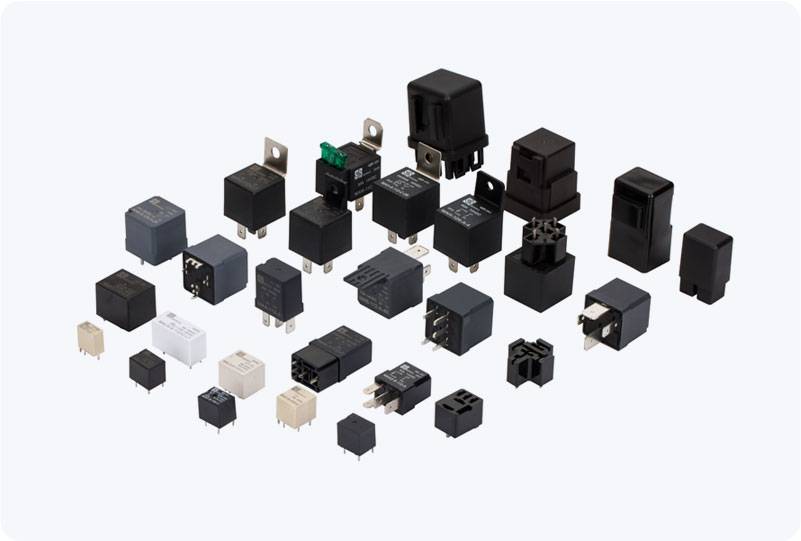new energy vehicle relay: a key component in the evolution of electric mobility
Release time:2025-05-22 02:08:58
New energy vehicles (NEVs), particularly electric vehicles (EVs), are rapidly gaining popularity as the world seeks cleaner alternatives to traditional internal combustion engine vehicles. One essential component in the efficient functioning of NEVs is the relay, which plays a critical role in managing the electrical systems of these vehicles. In this article, we will explore the importance of the NEV relay, its functions, and how it contributes to the overall performance and safety of electric vehicles.

What is a New Energy Vehicle Relay?
A relay is an electrically operated switch used to control various circuits within an electrical system. In the context of new energy vehicles, relays manage the flow of electricity between different components, including the battery, motor, and charging system. Relays can operate at high voltages and currents, making them essential for the high-power demands of electric vehicles.
The relay in an NEV typically includes two main parts: the coil and the contacts. When a current passes through the coil, it generates a magnetic field that moves the contacts, opening or closing a circuit. This process allows the vehicle’s electrical system to be controlled efficiently and safely.

